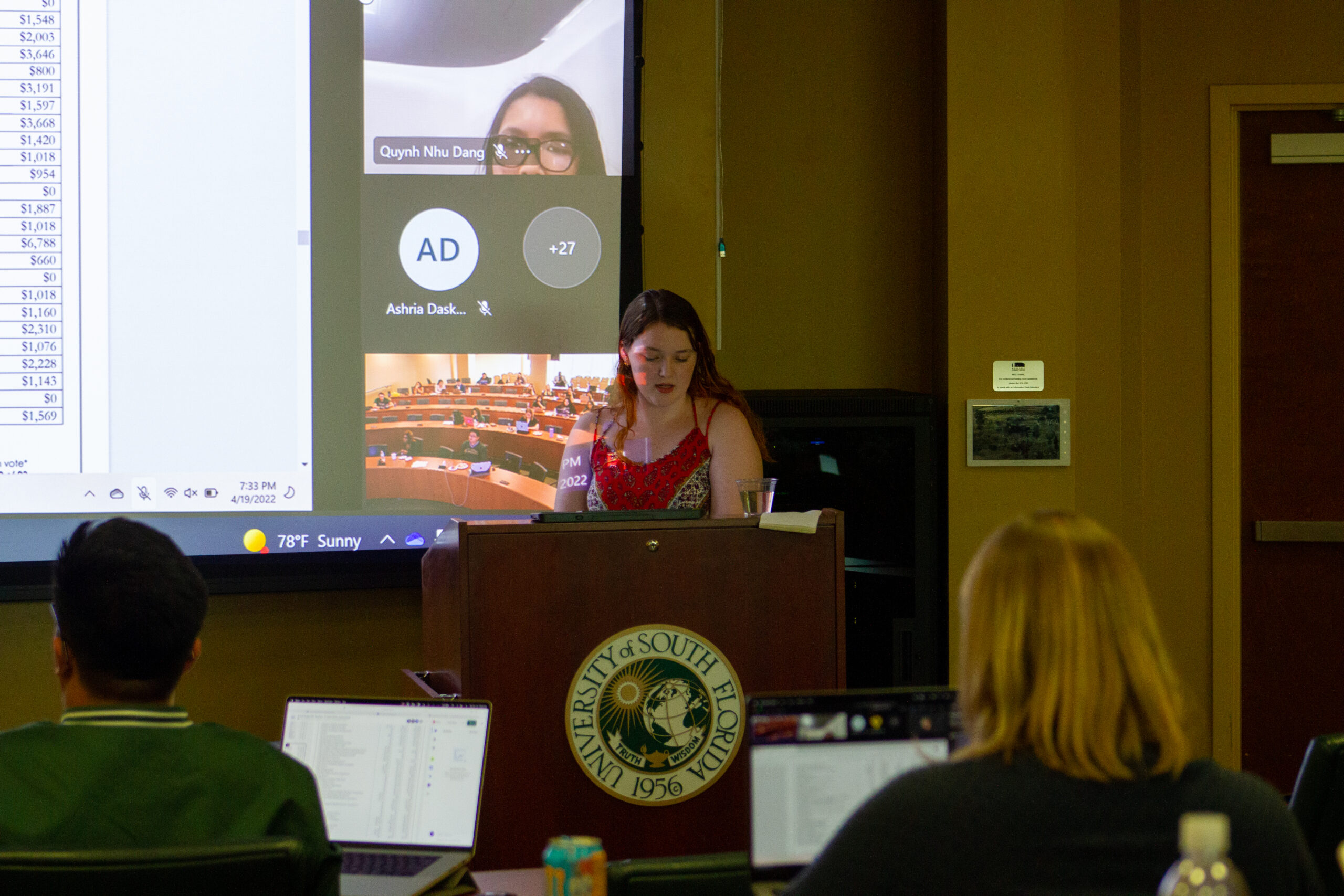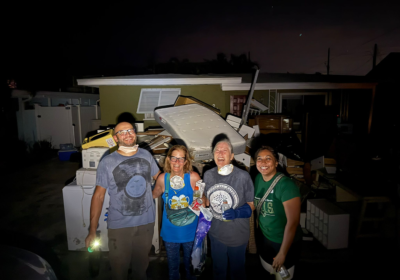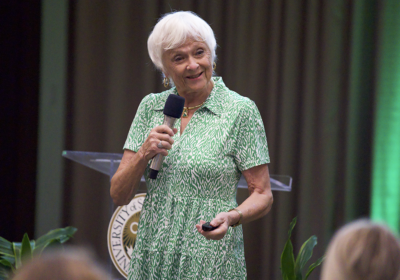SG Senate allocates just shy of $28 million in A&S fees across campuses for 2022-23 fiscal year

The Campus Allocation Funding Committee (CAFC) predicted a tighter Activity and Service (A&S) budget for the 2022-23 fiscal year, but only the Tampa campus will see an overall decrease in allocation, per the bill.
A&S Fee Recommendation Committee Chair and Student Body Vice President Jillian Wilson presented the budget bill to the Student Government (SG) Senate on Tuesday, with over 45 minutes of discussion and questioning regarding the Tampa portion of the bill. The other campuses’ budgets received less than five minutes of discussion each.
Although the bill was unanimously passed by the senators, it won’t be officially set in stone until it’s signed by President Rhea Law. It will then be put in place beginning July 1.
For 2022-23, the Tampa campus will have just under $18 million compared to the $18.6 million from the 2021-22 year. While only a 3.2% decrease, the other campuses will each see a 15% or more increase in their budget allocations.
A 33.9% increase from last term was passed for the St. Pete campus. Last year, the campus had a total allocation of $3.1 million and the upcoming term will bring about $4.2 million.
Sarasota-Manatee will get a 15.3% increase, going from $5.01 million to $5.8 million. The total allocation across all campuses comes out to just under $28 million.
The A&S budget is funded by students through fees on their tuition bill. Universitywide, students pay a $7 flat A&S fee each semester, but the amount per credit hour varies by campus, which is only approved by the Board of Governors (BOG).
Tampa campus students paid $12.08 in A&S fees per credit hour in 2021-22, St. Pete $26.88 and Sarasota-Manatee $25.54, according to the BOG 2021-22 fee schedule.
Only departments that provide activities, programs and services to students, or support to such departments, are funded by A&S.
Student programs and services make up the bulk of Tampa and St. Pete’s budgets. Each A&S-funded student success department’s budget falls under this category.
At Tampa, programs and services take up 72.5%, or about $13 million. This is approximately $5 million less than what was allocated last year. St. Pete’s is 66.2% of its total budget, or $2.8 million, which is roughly the same number as last year.
Only 12.9%, or $744,157, of the Sarasota-Manatee’s campus’ budget is allocated to student programs and services. This is an 11.4% increase from the 2021-22 term.
The remainder of the budget is distributed between SG operations, student organizations and the interim and reserve accounts, which is where emergency money is stored.
Tampa’s SG will receive about $2.5 million, student organizations will collectively receive $1.6 million and $801,733 will be saved in reserves. Those numbers are roughly the same as last year’s allocation with the exception of reserves, which had $980,986.
Reserves make up the majority of Sarasota-Manatee’s budget, at about 79%, or $4.6 million. The university is looking into using the $4.2 million under unrestricted reserves to add a new building on its campus, according to Wilson.
St. Pete’s reserves are about 30% of its total budget. The campus has about $1.3 million stored.
Tampa’s is so low compared to the other campuses’ because a lot had to be used to make up for revenue loss in some departments at the start of the pandemic, according to CAFC Chair Nithin Palyam. In 2020-21, the Tampa campus had over $2.2 million set aside.
All categories of the Tampa budget saw drops, large or small. However, student programs and services took the biggest hit because most departments had to receive cuts.
The Office of Multicultural Affairs (OMA) will get the largest decrease in funds out of all the A&S-funded departments. It will see a 25% drop from the 2021-22 budget, going from $937,318 to $703,015. This is $213,641, or 23%, less than it requested.
Palyam said OMA added multiple coordinator and other personnel services positions last year, which it could not afford in its base budget. However, there was room in unrestricted reserves to fund them on one-year contracts, which is why CAFC was able to allocate so much last year. In 2020-21, OMA had a $537,283 budget.
OMA had to request them as new initiatives, but since there is no longer that flexibility, he said CAFC wasn’t able to approve them.
Recreation and Wellness, the Center for Leadership and Civic Engagement, the Center for Student Involvement (CSI) and the Marshall Student Center are the other departments receiving cuts. However, none will see more than a 2.6% decrease in their budget.
Of the group, CSI got the second largest decrease after OMA. The department was allocated just under $2 million, $62,328 less than it requested.
Rec and Well was the only other department getting more than a 2% decrease. It will receive $3.7 million, 2.4% less than last year and 5.7% less than it requested.
The rest of the departments, including the Office of Veterans Success, New Student Connections and Student Accessibility Services saw a 3.3%, 3.7% and 3.7% increase, respectively.
Increases in budgets could have been to accommodate the annual increase in minimum wage, Wilson said. However, Student Publications was the exception. It requested for director fringe benefits to be funded, as they were not previously included in the budget. This resulted in a 7.2% increase to the total.
St. Pete and Sarasota-Manatee’s departments either didn’t see much change in their budgets, or received increases. However, the Office of Student Support Services at Sarasota-Manatee had an 82% decrease, dropping from $66,240 to $11,925. This was about 22% less than it requested, though.






